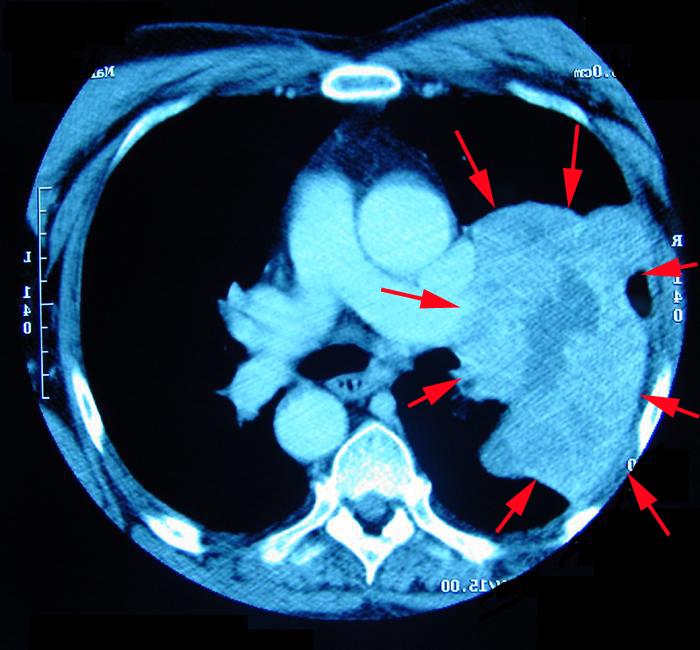The amygdala consists of 2 symmetrically placed small almond shaped structures located deep into the temporal lobe. It is connected to various brain structures and amygdala is involved in a wide range of behavioral functions. "We considered a single primate species, humans, and found that the amygdala volume positively correlated with the size and complexity of social networks in adult humans. They found the link was just as strong when they adjusted for age (older people have on average smaller amygdala volumes than younger people) and when they analyzed left and right amygdalas separately, indicating no lateralization of the effect" said Dr. Lisa Feldman Barrett, the study co-leader, from MGH's Psychiatric Neuroimaging Research Program and a Distinguished Professor of Psychology at Northeastern University.
To read the rest of this news, please visit:
 Researchers at the University of Cincinnati reported that
Researchers at the University of Cincinnati reported that